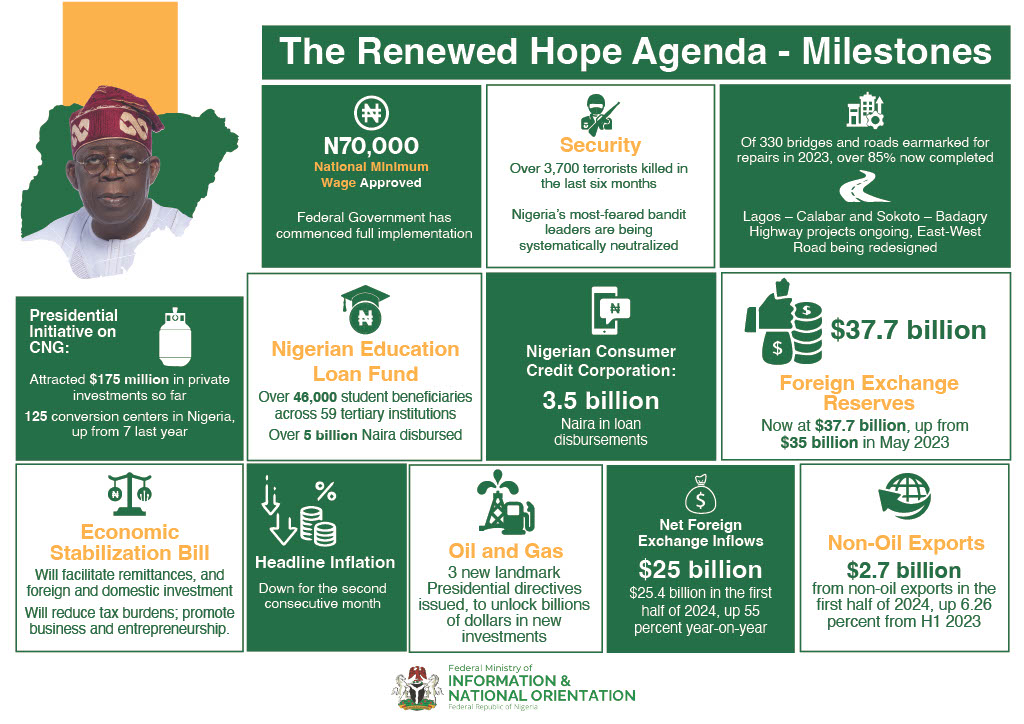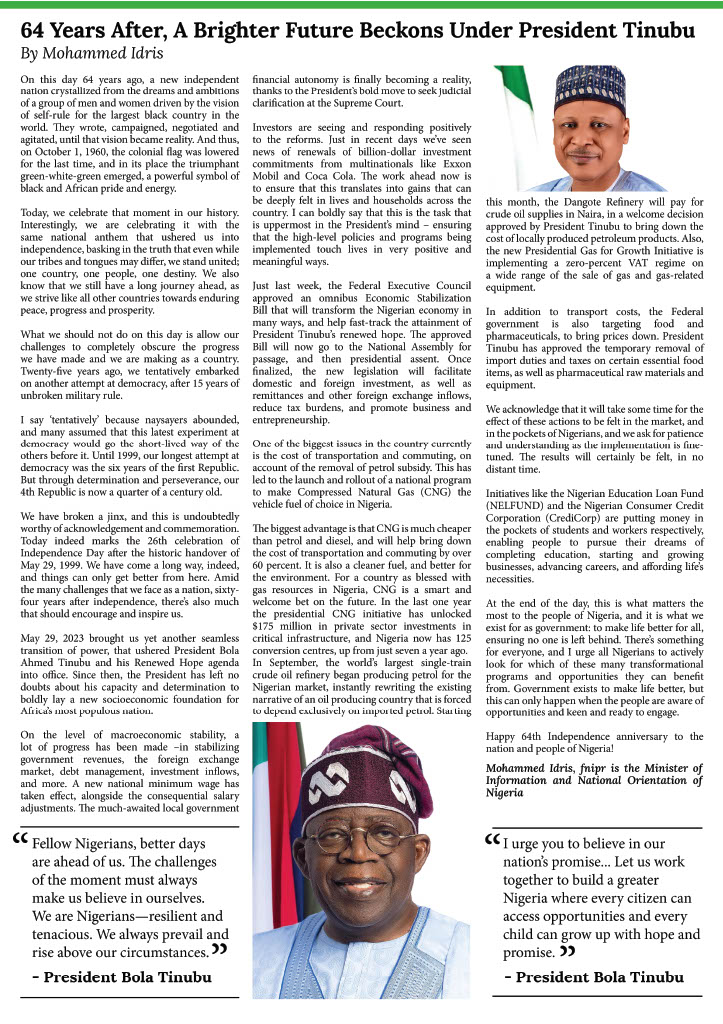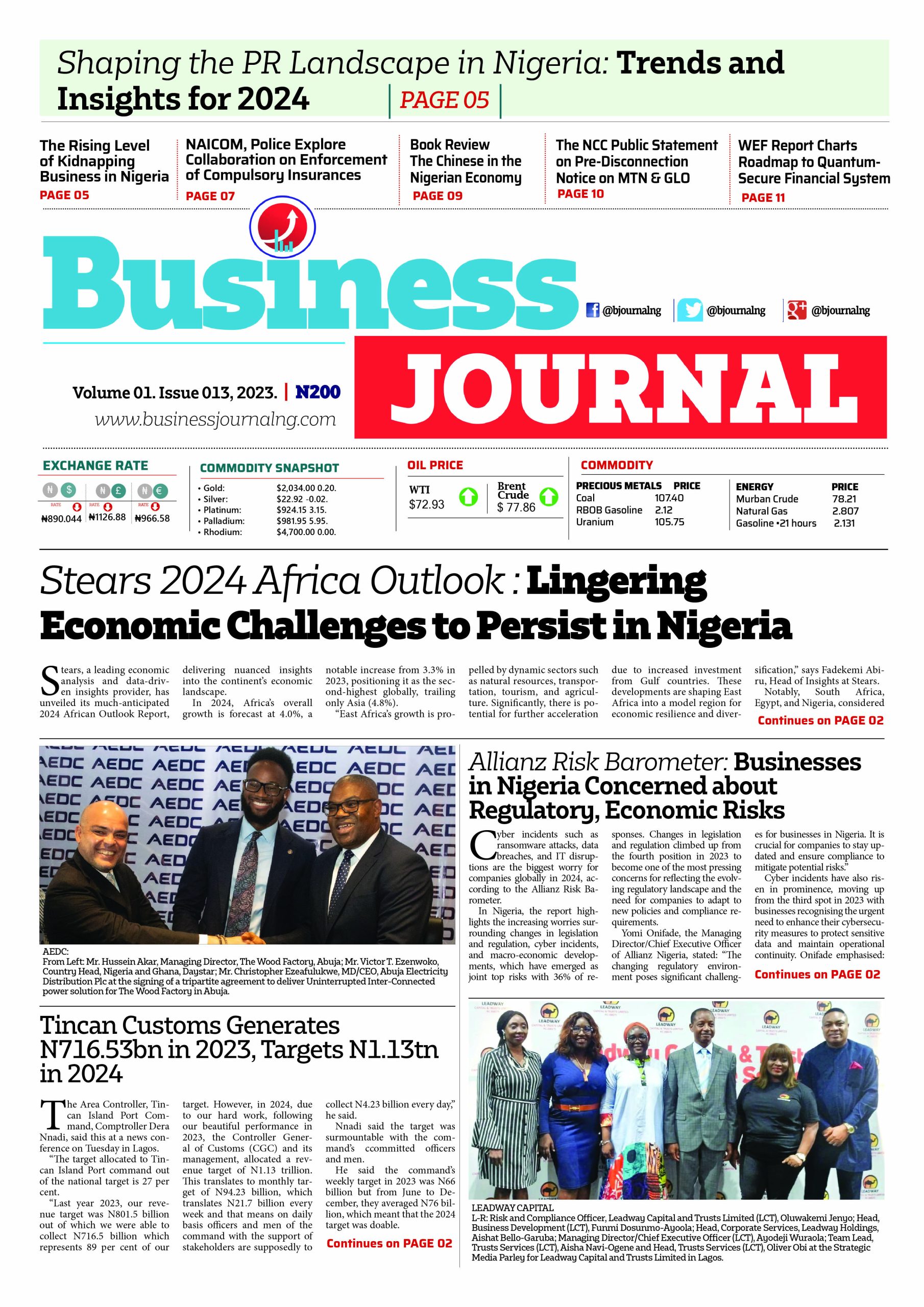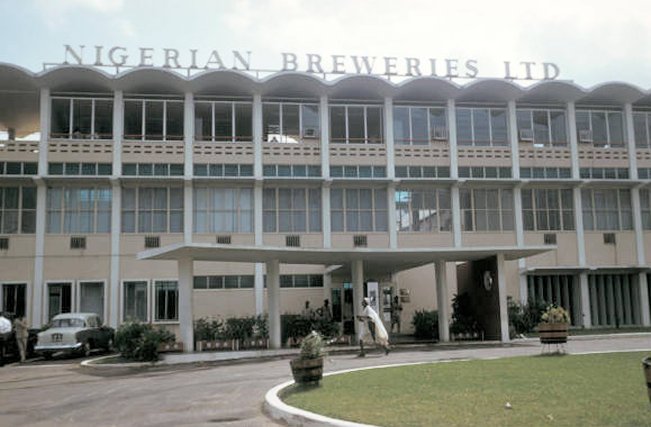Diamond Bank Plc published its audited FY: 2015 and Q1:2016 results recently on the floor of the Nigerian Stock Exchange (NSE).
While gross earnings growth slowed to record low, N55.2bn credit impairment charges also led to a 77.8% decline in net income on account of huge exposure of loan portfolio to Oil & Gas (29.0%) and General Commerce (20.0%).
We present the highlights of the results and our revised estimates for 2016 below.
Impairment Charges Up 109.2%, PAT Crashes 77.8%.
Diamond reported a N217.1bn gross earnings in FY: 2015, a modest 4.2% Y-o-Y growth compared to N208.4bn in FY:2014.
Although we expected performance to come in weaker, Diamond’s topline was lower than Afrinvest Research’s estimate of N243.9bn by 11.0%. Gross earnings growth was broadly driven by non-interest income (27.3% of gross income) which improved 25.3% Y-o-Y to N59.2bn relative to N47.3bn in FY:2014.
Further inspection indicated that non-interest income was boosted by 466.3% jump in Net Gains from Other Financial Instruments to N11.5bn from N2.0bn in previous year. On the other hand, Interest and related income (72.7% of gross income) declined 2.0% as gross loans and advances tumbled 24.2% Y-o-Y to N823.7bn on the back of toucher operating environment. Gross earnings growth remained constrained in Q1:2016, up 1.8% Y-o-Y to N53.5bn as macroeconomic challenges toughen.
In line with earlier guidance, asset quality deterioration took a huge toll on profitability in FY:2015 as the Bank booked a total of N55.2bn in impairment charges (up 109.2% Y-o-Y from N26.4bn). As a result, PBT and PAT crashed 74.8%and 77.8% Y-o-Y to N7.1bn and N5.7bn (vs. N28.1bn and N25.5bn in FY:2014) respectively.
Profitability remains pressured by loan impairment provisions in 2016, with Q1:2016 PBT and PAT further declining 20.0% and 19.6% to N6.7bn and N5.8bn respectively. Gross earnings growth in FY:2016 will be likely subdued by weaker interest income due to asset quality concerns, while loan loss provision is expected to stay ahead of FY:2012-FY:2014 average of N22.2bn.
Consequently, and in addition to a lower base effect, the likelihood of resurgence in double digit growth in PAT by FY:2016 cannot be over-ruled.
Operating Margins Wane despite Restraints in OPEX
The Bank’s Cost to income ratio (CIR) improved to 61.0% from 64.6% in prior year. This was driven by a considerable reduction in personnel expense, general administrative, adverts and promotional expense component of OPEX, which moderated from N58.5bn in 2014 to N57.1bn in 2015 while operating income strengthened 3.9% Y-o-Y.
Improvement in CIR ratio was however not reflected in the profit margin as PAT margin contracted to 2.6% from 12.2% in FY:2014 due to loan impairment charges. Consequently, ROE and ROA settled at 2.7% and 0.3% in FY:2015 in contrast to 14.5% and 1.5% in FY:2014 respectively.
Risk Assets Shrink 24.2%Y-o-Y on Macroeconomic Dictates
As noted above, performance in FY:2015 was weakened by asset quality deterioration which translated into higher cost of risk (CoR) ratio which increased to 6.7% from 2.4% in prior year as impairment charges jumped by 109.2%.
Significant weakness in the assets quality is traceable to poor credit risk management strategy which left loan portfolio outrageously exposed to the Oil & Gas (29.0%) and General Commerce (20.0%) sectors which accounted for 13.0% and 42.0% of non-performing loans respectively as at 9-month results. Unsurprisingly, domestic and global market instability increased the size of bad loans significantly. In response to the above, Diamond ‘soft pedaled’ on loan expansion, as gross loans and advances fell 24.2% from N1.1tn in FY:2014 to N823.7bn in FY:2015.
As at Q1:2016, loan book stood at N879.0bn while total assets settled at N1.8tn, up 3.9% from N1.75tn in FY:2015 but lower than N1.9tn in FY:2014. Against the backdrop of the relentless challenges in the economy as witnessed up to April 2016, we expect Diamond’s risk assets growth to stay modest.
As a result, we project a loan growth of 1.5% for the Bank. In the interim, we maintain that the Bank must fortify its credit risk management framework by reviewing its criteria for loan origination to ensure portfolio diversification and stricter risk expansion requirements to avert future recurrence.










